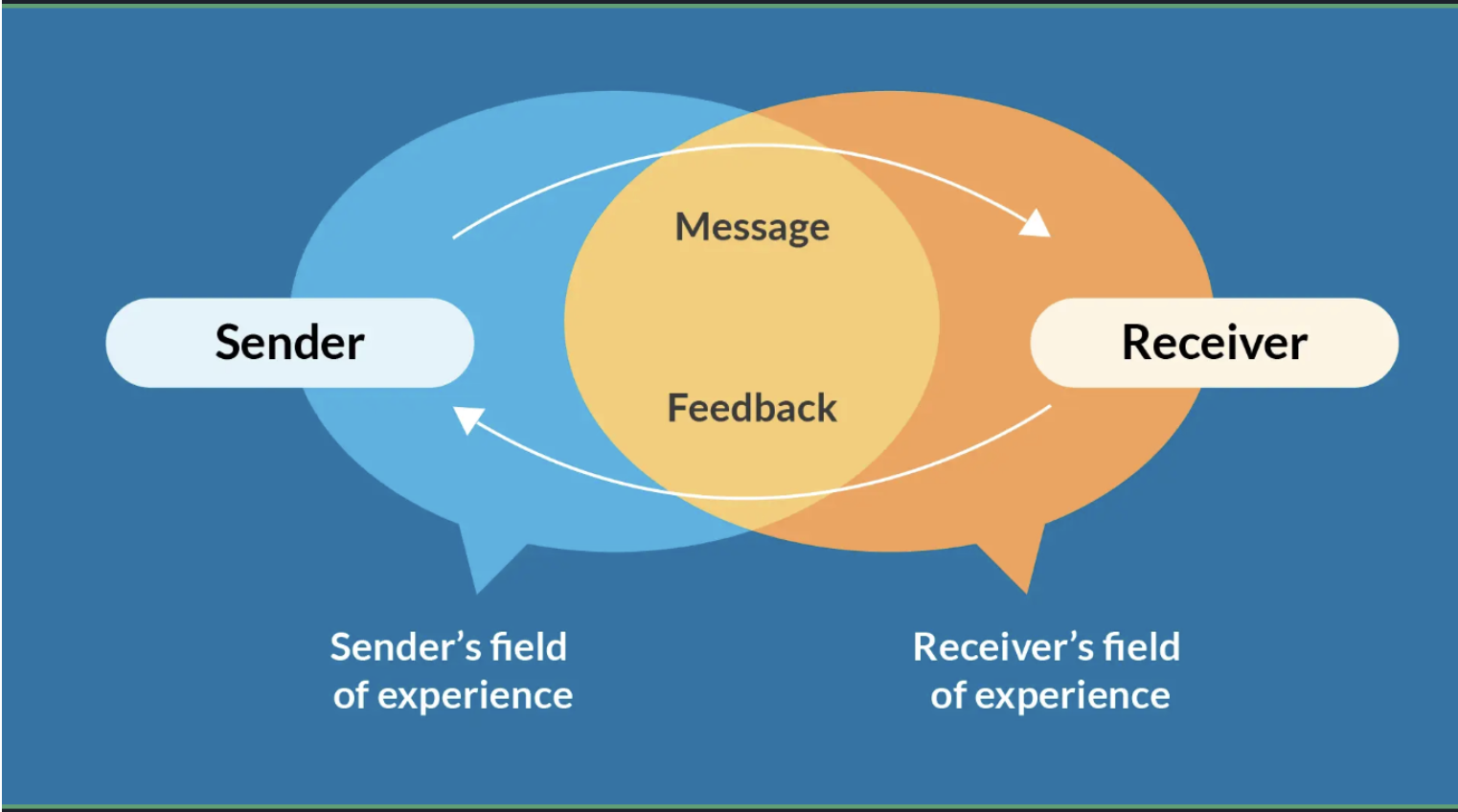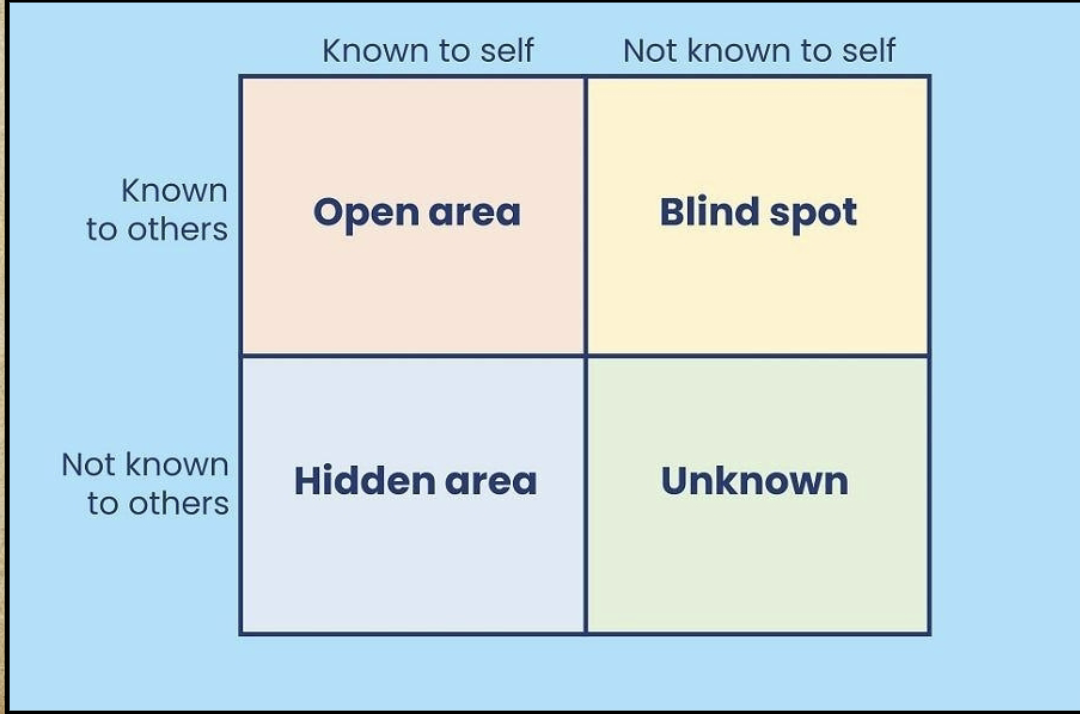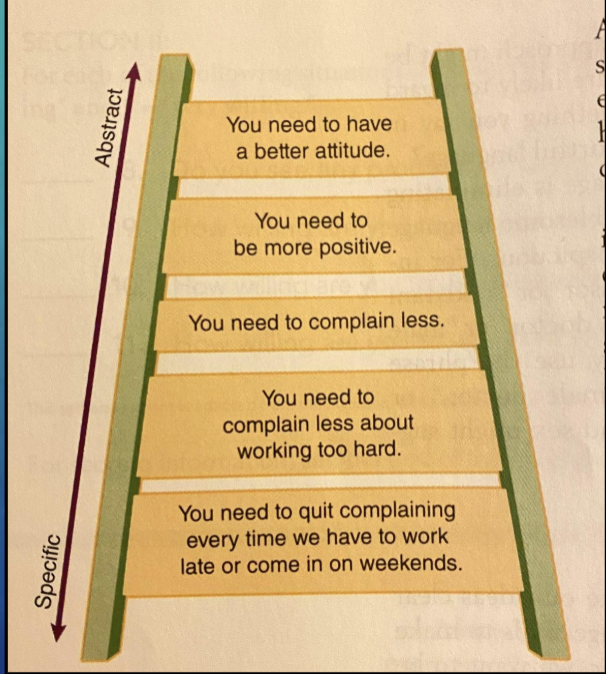Interpersonal Relations Midterm
1/58
There's no tags or description
Looks like no tags are added yet.
Name | Mastery | Learn | Test | Matching | Spaced |
|---|
No study sessions yet.
59 Terms
Communication needs
physical- socially connected people are healthier and live longer
relational(social)- life satisfaction and happiness
identity- identity relies on who we interact with
practical- we need communication to ask for directions or order food

Transactional Communication Model
The dynamic process in which communicators create meaning together through interaction (communication depends on the other person’s behavior). In this model, sending and receiving are simultaneous and interpretations are happening instantly. Different environments (physical and cultural), noise, and channels (in person/video) can make a difference.
Action Model
One-way communication. In this model, the messages and meanings are fixed and the sender and receiver are unchanged. An example could be listing to a radio broadcast, as the broadcaster is not impacted by the listener.

Interaction Model
In this model, both the sender and receiver are involved. The sender will receive feedback, potentially after some time (texting for example).
Self-monitoring
The process of attending to one’s behavior and using these observations to shape the way one behaves
Cognitive complexity
The ability to construct a variety of frameworks for viewing an issue
Communication competence
The ability to achieve one’s goals in a manner that is, ideally, both effective and appropriate
High-Context culture
A culture with a less direct communication style and more sensitivity to non-verbals and the feelings of others. There is a lot of emphasis on unspoken messages.
Low-Context culture
A culture with a specific, detailed and precise communication style which may be poorer at decoding unspoken messages or body language.
Individualistic cultures
A culture which focuses on personal achievement and competition
Collectivist cultures
A culture which emphasizes family and work group goals. People feel loyalties and obligations to “in-groups”
High-power distance
These cultures follow a centralized and concentrated authority. An example could be a cultural respect for elders.
Low-Power distance
These cultures avoid a concentration of authority
Achievement culture
a culture which prioritizes material success, assertiveness, and competition
Nurturing culture
a culture which emphasizes cooperation, relationships, and quality of life
co-culture
A group within an encompassing culture with a perceived identity.
Out-groups
a group that an individual sees as different from themself
In-group
a group with which an individual identifies
ethnocentrisim
evaluation of other cultures according to preconceptions originating in the standards and customs of one's own culture.
Self-concept
The relatively stable set of perceptions each individual holds of him/her/theirself
Self-esteem
The part of self-concept that involves evaluations of self-worth
reflected appraisal
a mirroring of the judgements of other people; part of how the self-concept develops
distorted feedback
The filtering of external feedback to fit a person’s, often negative, thought patterns
Obsolete Information
Information that is not longer accurate or relevant but which continue to influence a person’s thoughts, memories, and behaviors.
foggy mirror syndrome
when one sees themself more positively than others do
Social penetration model
A model that describes relationships in terms of their breadth and depth. This process occurs over time as different relationships become more and more intimate.
Characteristics of self-concept
subjective- the way we view ourselves could be different from how others view us
flexible- it can change over time and in different contexts
multifaceted- there are many layers, some of which may not be visible to others
resists change- the need to have others confirm how you see yourself
Impression Management
communication strategies people use to influence how others view them
Cognitive Conservatism
The tendency to seek information that confirms an existing self-concept

Johari Window
A framework for sorting identity information
First-order reality
Physically observable qualities of a thing or situation
Second-order reality
attaching meaning or making sense of things or situations (also known as attribution)
The perception process
selection- determining which information receives attention
organization- arranging information meaningful ways to make sense and understand
interpretation- assigning meaning to whats happening, the person, or situation.
negotiation- sense making that happens between people outside your mind
Fundamental Attribution Error
the tendency to give more weight to personal qualities than to the situation or underlying meanings
Confirmation Bias
when we cling to first impressions, future subsequent interactions tend to spiral until original impressions are strengthened.
Self-serving Bias
when we perform poorly, we blame external forces, while when we perform well, we credit ourselves rather than the situation.
Primacy Effect
the tendency to pay more attention to, and better recall things that happen first in a sequence
Halo Effect
describes the tendency to form an overall positive impression on the basis of one positive characteristic.
Horn Effect
the tendency to form an overall negative impression on the basis of one negative characteristic
self-fulfilling prophecy
The causal relationship that occurs when a person’s expectations of an event and their subsequent behavior based on those expectations make the outcome more likely to occur than would otherwise be true.
The four components are:
Holding an expectation
behaving in accordance with that expectation
the expectation coming to pass
reinforcing the original expectation
Phonological
The way words sound when they are arranged together
Syntax
the way words are ordered (structural arrangement)
Semantics
the meaning of words and how messages are received
Pragmatism
Using words appropriately in the right context
Convergence
“language affiliation”- the process of adapting one’s speech style to match that of others (to identify with)
Divergence
Speaking in a way that emphasizes differences
denotative language
exact, literal meanings of words or phrases
Connotative Language
Figurative and subjective meaning of a word or phrase, influenced by associations and emotions

The Abstraction Ladder
This shows how we can use a range of specific to abstract terms to describe objects, events, or situations
Euphemisms
innocuous or “safer” terms substituted for blunt language (e.g. she is no longer with us instead of she died)
Powerful language
More direct, forthright, commands, declarations, and assertions
Powerless language
tentative, less direct word choices. However, evasive approaches like this also show signs of being polite (saving face)
Disclaimers
a type of powerless speech that attempts to distance a speaker from remarks that might be unwelcome (no offense, but…)
Linguistic Relativity
a language both shapes and reflects the worldview of those who use it.
The Pinocchio Effect
a claim that you can target a single nonverbal behavior to determine deceptiveness
Managing Impressions
Manner- the way you act
Appearance- the way you dress and groom yourself
Setting- the physical items you surround yourself with
First Impressions
early decisions based on non-verbvals, particularly from personal appearances (the first 15 seconds)
Vocal Fry
A vocal effect produced by very slow vibration of the vocal chords and characterized by a low guttural pitch
Emblems
Immediately understood non-verbals that act as substitutes/replacements for verbal expressions